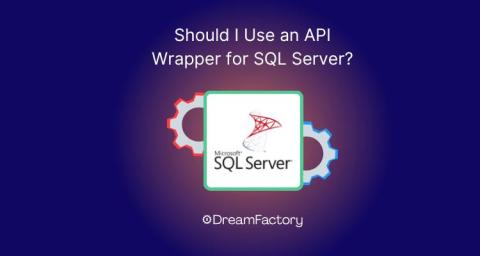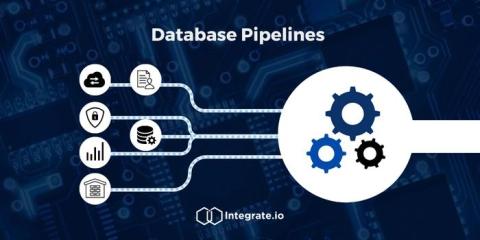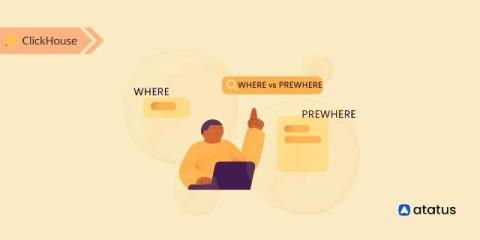Scaling Pub/Sub with WebSockets and Redis
There is increasing demand for realtime data delivery as users expect faster experiences and instantaneous transactions. This means not only is lower latency required per message, but providers must also handle far greater capacity in a more globally-distributed way.











